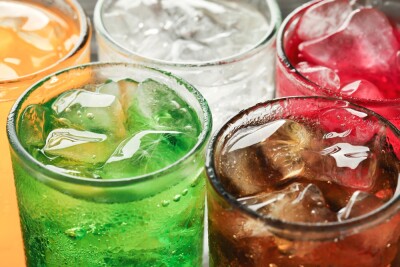Genetic switch may control conversion of “good fat” to “bad fat”
There are different types of fat cells, both good and bad, and TLE3, a genetic switch that stops the conversion of white fat into thermogenic varieties, could hold the key to addressing how fat cells are programmed, according to a new study by researchers at the University of Utah Health in Salt Lake City, and published in the journal Genes and Development.
Studies have shown subcutaneous white fat cells can transform to brown and beige varieties when exposed to cold stress. These dusky forms of fat burn energy more effectively to keep an organism warm. The researchers said they figured out a way to make more of these energy-burning fat cells.
"If we could find therapeutic ways to inhibit TLE3, we may be able to develop interventions for type II diabetes,” said Claudio Villanueva, PhD, assistant professor in biochemistry and senior author on the paper, in a statement. “Therapies that help lower blood glucose levels are gravely needed."
Fat cells come in three varieties. White fat, the most common variety, is stored fat associated with metabolic disorders, like diabetes and obesity. Brown and beige fat contain more mitochondria, the energy centers of the cell, allowing these varieties to burn fuel more efficiently. Brown fat is activated in cold conditions and burned to create heat. Beige fat is found in bundles nestled within white fat, but little is known about it, Villanueva said.
Previous research found that white fat tissue that overexpresses early B-cell factor 2 (EFB2) recruits more beige fat cells, but this protein-coding gene is triggered by many factors. Villanueva said he and his team focused on transducing-like enhancer 3 (TLE3), a protein situated in the same region as EFB2. They found that TLE3 acts like a switch, stopping EFB2 from converting white to beige fat and preventing energy expenditure and glucose use.
The team deleted TLE3 in mice and placed the animals in cold conditions for several days. Researchers tried to recreate a situation where an animal would be trying to develop beige fat cells to understand impact of the loss of TLE3, Villanueva said.
In the absence of this gene, the knock-out mice recruited more beige fat cells. The team examined the impact of the abundance of beige fat on animal metabolism. The knock-out mice experienced enhanced energy expenditure under normal conditions and weight loss during cold conditions. Even without cold stimulation, the knock-out mice did not gain as much weight.
Villanueva said he believes these results could be used to create interventions for metabolic disorders.
"Long-term,” he said, “we want to identify or develop drugs that will target TLE3 that can be used as an intervention for patients with type 2 diabetes and obesity.”




















SHARE